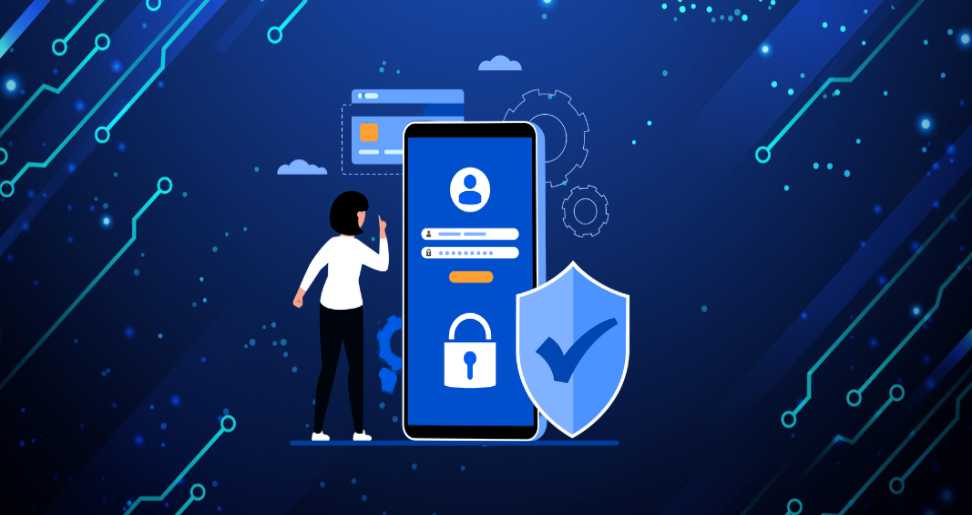In today’s digital age, cybersecurity has become a critical concern for individuals and organizations alike. One of the most prevalent threats is phishing, a deceptive practice where cybercriminals trick individuals into revealing sensitive information such as usernames, passwords, and credit card numbers. While awareness and education about phishing can help mitigate some of the risks, implementing robust security measures like Multi-Factor Authentication (MFA) is essential in providing an additional layer of protection.
Understanding Phishing: The Modern Cyber Threat
Phishing attacks have evolved significantly over the years, becoming more sophisticated and harder to detect. Traditional phishing methods, such as email scams, have been joined by more complex techniques like spear phishing, whaling, and smishing (SMS phishing). These attacks exploit human psychology, often using urgent language, posing as trusted entities, or creating a sense of panic to prompt immediate action.
The impact of a successful phishing attack can be devastating. Individuals may suffer financial loss, identity theft, and personal privacy violations. For businesses, the consequences can be even more severe, including data breaches, financial losses, reputational damage, and regulatory penalties.
Multi-Factor Authentication: A Strong Defense
Multi-Factor Authentication (MFA) is a security mechanism that requires users to provide two or more verification factors to gain access to a system, account, or application. The primary goal of MFA is to add an extra layer of security beyond just a username and password. MFA typically combines something you know (password), something you have (smartphone or hardware token), and something you are (biometric verification).
Here’s how MFA can help combat phishing:
- Enhanced Security: Even if a cybercriminal manages to steal a user’s password through phishing, they would still need the second factor to gain access. This significantly reduces the likelihood of unauthorized access.
- Real-Time Alerts: MFA often includes real-time alerts and notifications, which can immediately inform users of unauthorized login attempts. This allows individuals to take prompt action, such as changing their passwords or contacting their IT department.
- Diverse Authentication Methods: MFA supports various authentication methods like SMS codes, authenticator apps, email verifications, and biometric scans. This flexibility allows users to choose the most convenient and secure option available to them.
- Phishing-Resistant Tokens: Hardware tokens and authenticator apps can generate time-based one-time passwords (TOTPs) that are unique and valid for a short period. These tokens are resistant to common phishing tactics, making it difficult for attackers to reuse captured credentials.
Implementing MFA: Best Practices
To maximize the benefits of MFA, organizations and individuals should follow these best practices:
- Educate Users: Training and awareness programs should be conducted to educate users about the importance of MFA and how to use it effectively. Users should understand the different types of MFA and the specific threats they mitigate.
- Mandate MFA for All Accounts: Organizations should enforce MFA for all accounts, especially those with access to sensitive information. Personal accounts should also have MFA enabled wherever possible.
- Regularly Update MFA Methods: As cyber threats evolve, so should your security measures. Regularly review and update your MFA methods to incorporate the latest advancements in authentication technology.
- Monitor and Respond to Threats: Implement systems to monitor login attempts and respond to suspicious activities promptly. This includes setting up automated alerts and having a clear incident response plan.
- Choose Strong Secondary Factors: Use the most secure secondary factors available. Biometric authentication and hardware tokens are generally more secure than SMS-based MFA, which can be vulnerable to SIM swapping attacks.
Conclusion
Phishing remains a significant threat in the digital world, but Multi-Factor Authentication offers a powerful defense mechanism to protect against unauthorized access. By adding an extra layer of security, MFA helps ensure that even if a password is compromised, your sensitive information remains secure. Implementing MFA, coupled with ongoing user education and proactive security measures, can significantly enhance your defense against phishing attacks, safeguarding both personal and organizational digital assets.
Stay vigilant, stay secure, and remember that in the battle against cyber threats, an additional factor of authentication can make all the difference.
Have A Look :-
Featured Image Source :- https://tinyurl.com/y5c4eknv

